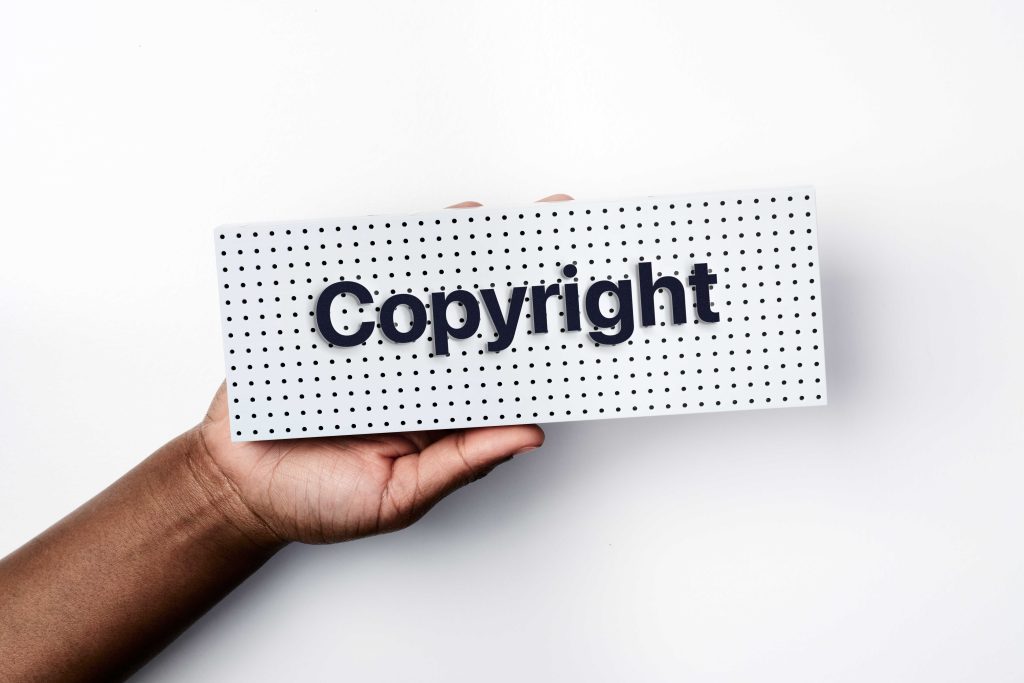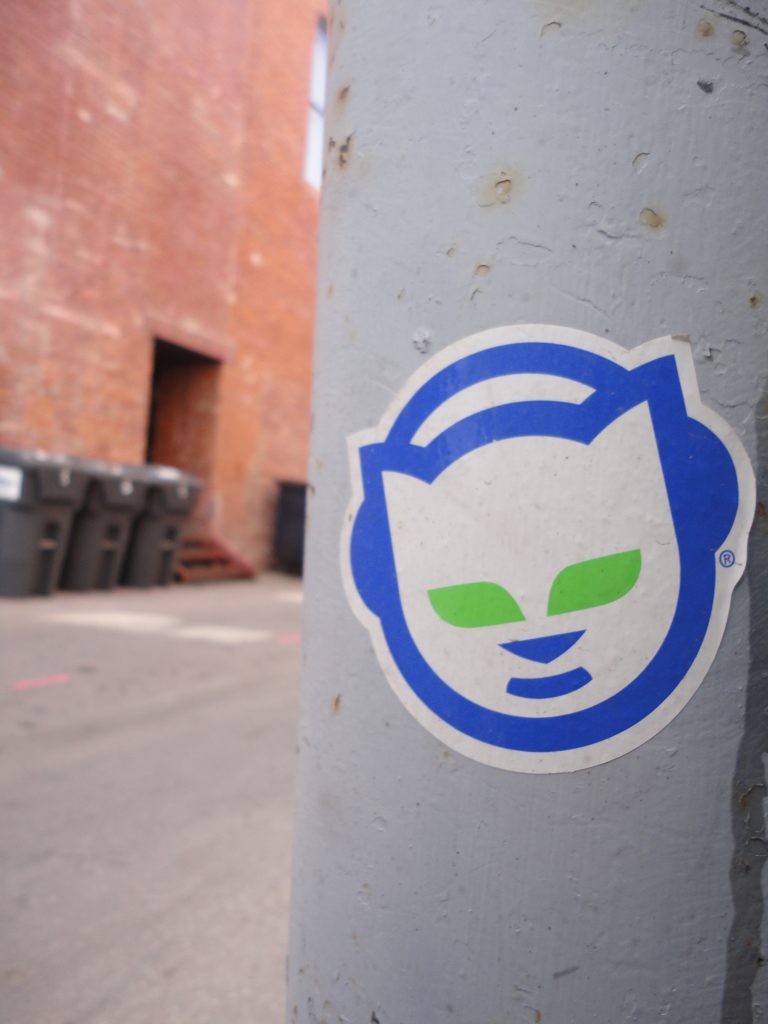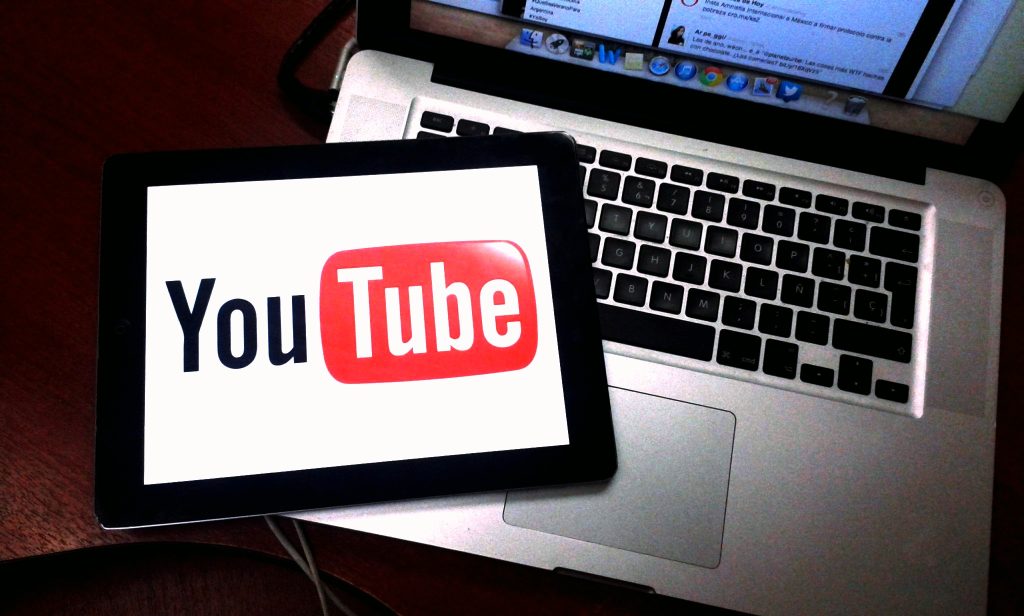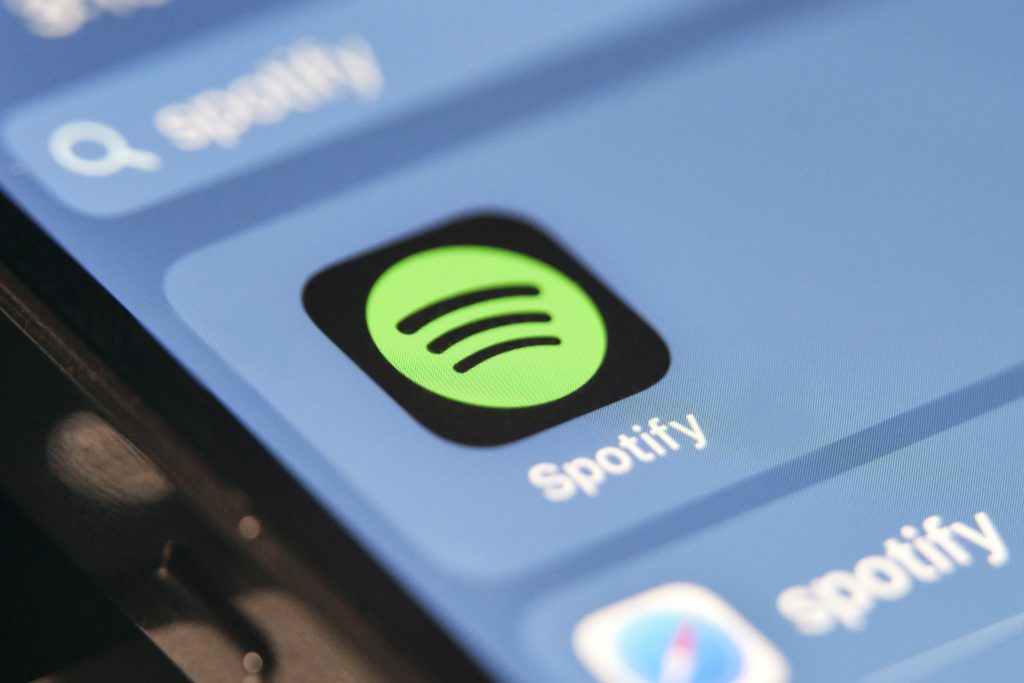Topic:Copyright industry Digital age

A photo about the topic Copyright。By Alpha Photo is licensed under CC BY-NC 2.0
- introduction
With the continuous development of online and digital technologies, rapid advances in information technology have revolutionised the ways, forms and channels of dissemination of works. While this has made it easier for consumers to access copyrighted works, it has also posed significant challenges for the copyright industry in traditional publishing. This is because the traditional publishing industry has accumulated a large amount of content resources over the years, which are regarded as its most valuable core assets. However, the Internet, as an open system, allows users to freely access, share and use information and content (Gray, 2020). With the integration of the traditional publishing industry and the new media industry, the traditional newspapers, periodicals, books, audiovisual products and these contents are brought to the Internet, however, this integration will bring a huge impact to the traditional copyright industry, which has become a major challenge for the traditional copyright industry.
”Copyright in the Digital Age“通过 TEDx Talks,YouTube
- The digital age has made it incredibly easy to copy and distribute content
With the advent of the digital age, the internet is growing at an incredible rate (Hayes, 2016), which will lead to piracy and infringement in the traditional copyright industry becoming more prevalent and accessible. Because with the rapid development of new media, every new media user may become a distributor of copyrighted works, digitised works are more likely to be infringed than those in traditional forms of publication, new media infringement has the characteristics of being borderless and hidden, and it is difficult for infringement to be identified and for evidence of infringement to be collected, which objectively increases the difficulty for traditional publishing organisations to carry out new media copyright protection of their own content resources. For example, Shawn Fanning developed a software called Napster, which is a peer-to-peer file-sharing application that allows users to freely share and download music, and it is no exaggeration to say that Napster, the software developed by Shawn Fanning, almost killed the music industry.

Napster’s logo pattern。By Paul Sableman is licensed under CC BY 2.0
Based on the analysis and understanding of this case of Sean’s, although Napster was found guilty in 2002 and paid a whopping $260,000 in damages, due to which era when the internet was in its infancy. It was not so difficult to identify the infringement, but with today’s technological advances, and decades of electronic publications and the widespread dissemination of network technology (Shrayberg & Volkova, 2021), and Napster and similar infringing software in today’s countless, but due to technological problems, and the characteristics of the hidden nature of the difficult to solve this kind of infringing behaviours, making it more and more difficult to protect copyrights. The protection of copyrights is becoming more and more difficult. As a result, this threatens the profits and rights of copyright holders. As Stanley M. Gortikoff, President of the Recording Industry Association of America (RIAA), explained in a 1982 House Committee hearing, “I am scared, and so is my industry. Today’s ever-changing technology threatens to undermine the value of our copyrights and the vitality of the music industry, and our nemesis is home recording (Felix & Strumpf, 2010). So the digital age has made it incredibly easy to copy and distribute content is a challenge for the traditional copyright industry.
- The digital age has given rise to cultural concepts of freedom of information and content sharing
With the rapid development of the digital age and the prevalence of a participatory culture, there is a widespread belief that information and cultural content should be free or widely shared, and as a result, users are more inclined to access free information and cultural content rather than pay any fees. I can copy a song and share it with countless people around the world, incurring relatively no cost. More importantly, the structure of the Internet supports uncontrolled patterns of access and use of works (Gray, 2020). And as this idea of participatory culture merges with the ease of availability, reproduction, and distribution of electronic information, it creates a new public demand for anytime, anywhere access to this information (Shrayberg & Volkova, 2021), with YouTube, for example, seeing approximately five hundred hours of content uploaded every minute, much of which is unauthorised by the copyright owner of the of copyrighted works (Ayyar, 2023), but the copyright owners do not receive the corresponding revenue. This notion challenges the traditional copyright industry, and as a result, traditional sales channels and profit models are undergoing significant transformational pressure.

YouTube logo pattern。By Esther Vargas is licensed under CC BY-SA 2.0
This has forced the traditional copyright industry to look for new ways to make money, such as digital subscription services, digital product sales and paid content and premium subscriptions, etc. However, these profit models cannot fully compensate for the losses brought about by the changes to the traditional copyright industry, which is facing enormous pressure on its profitability and, in serious cases, may make the traditional copyright industry never come back. Therefore, continuous adjustment and improvement of the traditional copyright industry is needed to maintain the vitality and vigour of the traditional copyright industry. Therefore, the digital era has generated the cultural concepts of freedom of information and content sharing, which is a challenge for the traditional copyright industry.
- The digital age has made laws and regulations to protect traditional copyright industries lagging behind
As the digital age continues to evolve and progress, traditional legal safeguards for the copyright industry are becoming increasingly ineffective in the digital environment. This is because the concepts of traditional copyright law, particularly as it relates to reproduction and distribution rights, have become obsolete. In the digital age, almost all works can be digitised, whether they are text, images, graphics or sound, and they all exist equally in the digital realm. Once digitised, these works can be combined, manipulated, mixed and transformed to create an infinite number of unique works (Na, 2019). This change makes it difficult for the traditional copyright legal framework to meet the challenges of the new Internet age.
For example, Spotify, a music software, which is part of an interactive streaming service, boosted music consumption and increased revenues for the music industry as a whole when it was first unveiled to the public. While the music industry continues to evolve and progress, the copyright laws governing the industry have not evolved or progressed accordingly. For example, current copyright law does not clearly define the concept of interactive streaming. In addition, it does not provide clear guidelines as to what exclusive rights may be infringed by interactive services. Due to the vagueness of the law, its obsolescence, and the lack of specific guidance on on-demand streaming, the music industry faces complex and serious challenges in ensuring fair remuneration (Na, 2019). So the digital age has created legal and regulatory challenges for the traditional copyright industry.

The Spotify music streaming app icon。By Focal Foto is licensed under CC BY-NC 2.0
- Conclusion
As society continues to develop, the rise of the digital age poses great challenges to the traditional copyright industry. In the face of these challenges, we need to actively take effective measures to strengthen copyright governance. In order to adapt to the new situation of the digital era, the traditional copyright industry must actively explore innovative business models, strengthen technological protection and strive for more effective legal protection. In this volatile environment, only through continuous innovation and change can the traditional copyright industry maintain healthy development, ensure comprehensive protection of intellectual property rights, and at the same time meet the needs of modern consumers. It is only through the unremitting efforts of all parties that the traditional copyright industry can maintain its vigour and vitality in the new Internet era.
- reference list
Forde, E. (2019, May 31). Oversharing: How Napster nearly killed the music industry. The Guardian. https://www.theguardian.com/music/2019/may/31/napster-twenty-years-music-revolution
Hayes, David L. “Advanced Copyright Issues on the Internet.” SSRN Electronic Journal, 2016. https://doi.org/10.2139/ssrn.2847799
Gray, Joanne Elizabeth. “A Brief History of Digital Copyright and Google.” In Google Rules, 1–18. Oxford University Press, 2020. http://dx.doi.org/10.1093/oso/9780190072070.003.0001
Ayyar, R. V. V. (2023, January 1). User Generated Content and Users’ Rights. Springer Nature Singapore. https://link.springer.com/chapter/10.1007/978-981-19-8390-0_10
Oberholzer‐Gee, Felix, and Koleman Strumpf. “File Sharing and Copyright.” Innovation Policy and the Economy 10 (January 2010): 19–55. https://doi.org/10.1086/605852.
Hall, R. (2022, March 13). ‘Music is so different now’: Copyright laws need to change, says legal expert. The Guardian. https://www.theguardian.com/music/2022/mar/13/music-is-so-different-now-copyright-laws-need-to-change-says-legal-expert
Editor, Journal. “Copyright Law and the Digital Era – Chicago-Kent.” Chicago-Kent | Journal of Intellectual Property, May 3, 2019. https://studentorgs.kentlaw.iit.edu/ckjip/copyright-law-and-the-digital-era/#_edn17.
Shrayberg, Ya. L., & Volkova, K. Yu. (2021). Features of Copyright Transformation in the Information Environment in the Age of Digitalization. Scientific and Technical Information Processing, 48(1), 30–37. https://doi.org/10.3103/S014768822101007X
Challenges to the traditional copyright industry posed by the advent of the digital age ©2023 by JiFeng Deng is licensed under CC BY-NC 4.0